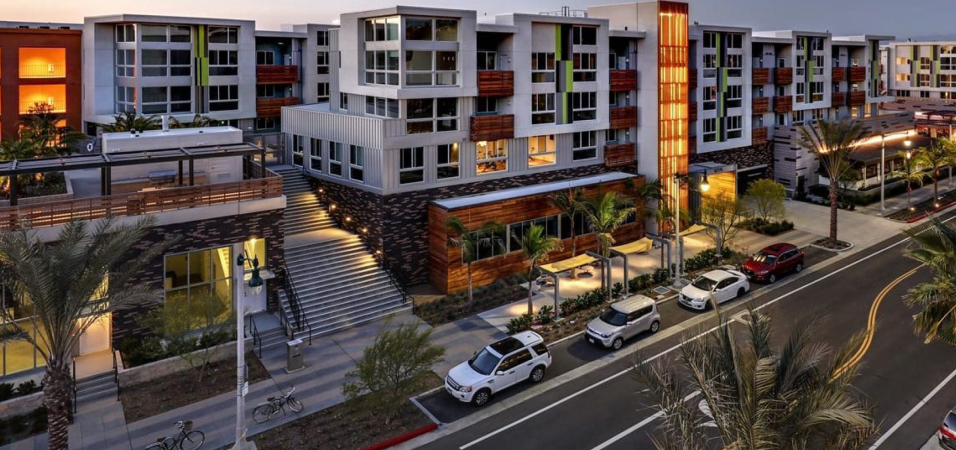No More Single-Family Homes in California? – Don’t Urbanize my City, Bro!

By Dan Titus, September 18, 2020
Middle-class homeowners have been subsidizing the disadvantaged and the poor for decades with affordable housing. Now politicians in Sacramento want to subsidize ANYONE who wants to live in your suburban city. Period.
Susan Shelly, writer and columnist for the Southern California News Group, opined in her article titled, “Sacramento’s misguided attacks on single-family housing”, that a recent California bill, SB1120, “abolished single-family zoning in the state of California”. Be sure to read Susan’s article on the back story of this bill because it may PASS when the State legislature reconvenes in early December.
So, they even want to outlaw single-family homes! How’s that for Socialist-style centralized planning?
The bill had bipartisan support from both major political parties. Ironically, Republicans who supported the bill have fallen into false arguments that people are entitled to live where they desire and that it is the job of the State to address their needs. This is Marxism 101 where the State dictates “needs” rather than market-based “wants”. Somehow free-market metrics are ignored with this Socialist model. Susan Shelly is absolutely correct when she states:
“What do you say to someone who wants to live in Pasadena but can’t afford it?
The answer is: Someone who can’t afford Pasadena will have to live somewhere else, or earn enough money to live in Pasadena, or share the costs of living in Pasadena with roommates.
The answer isn’t: Everyone who wishes to live in a desirable place has a right to live there, and it is the job of the government to pass laws that do whatever is necessary to make it possible for everyone to live wherever they choose at whatever price they can afford to pay.
A wish is not a right”.
The market has always addressed Southern California’s commuter-oriented society with what people want: affordable single-family Homes. A joint study by UCLA/USC, a few years ago, found that young people want the same opportunities and lifestyle as their baby-boomer parents. To address demand, builders have always managed to build adequate supplies of affordable housing by acquiring land that is less expensive. This land is typically on the outskirts of towns. The State has constrained acquisition of affordable land.
The State is opposed to “suburban sprawl” because it does not fit with their goal to urbanize the suburbs in the State. The State has regulated cities to favor high-density development through priority development areas (PDAs). This limits development – where land is cheaper, on the outskirts of towns. Therefore, builders and cities have been forced to work to implement the States agenda to densify development on the remaining land in existing cities. This is called “infill” development. Since most cities are already built out, infill land is in very limited supply; it’s more expensive. In order to make a profit, builders must build more units, which increases density for projects.
Central planners for the State believe they can monkey with free-market and still provide affordable housing . This is a false dichotomy.
I address how urbanization is implemented in my article, “Rancho Cucamonga, California, is a Suburban City… for Now”.
Dan Titus is affiliated with the American Coalition for Sustainable Communities (ACSC). Their mission is sustaining representative government; not governance, by socialist-oriented unelected agencies and commissions.
